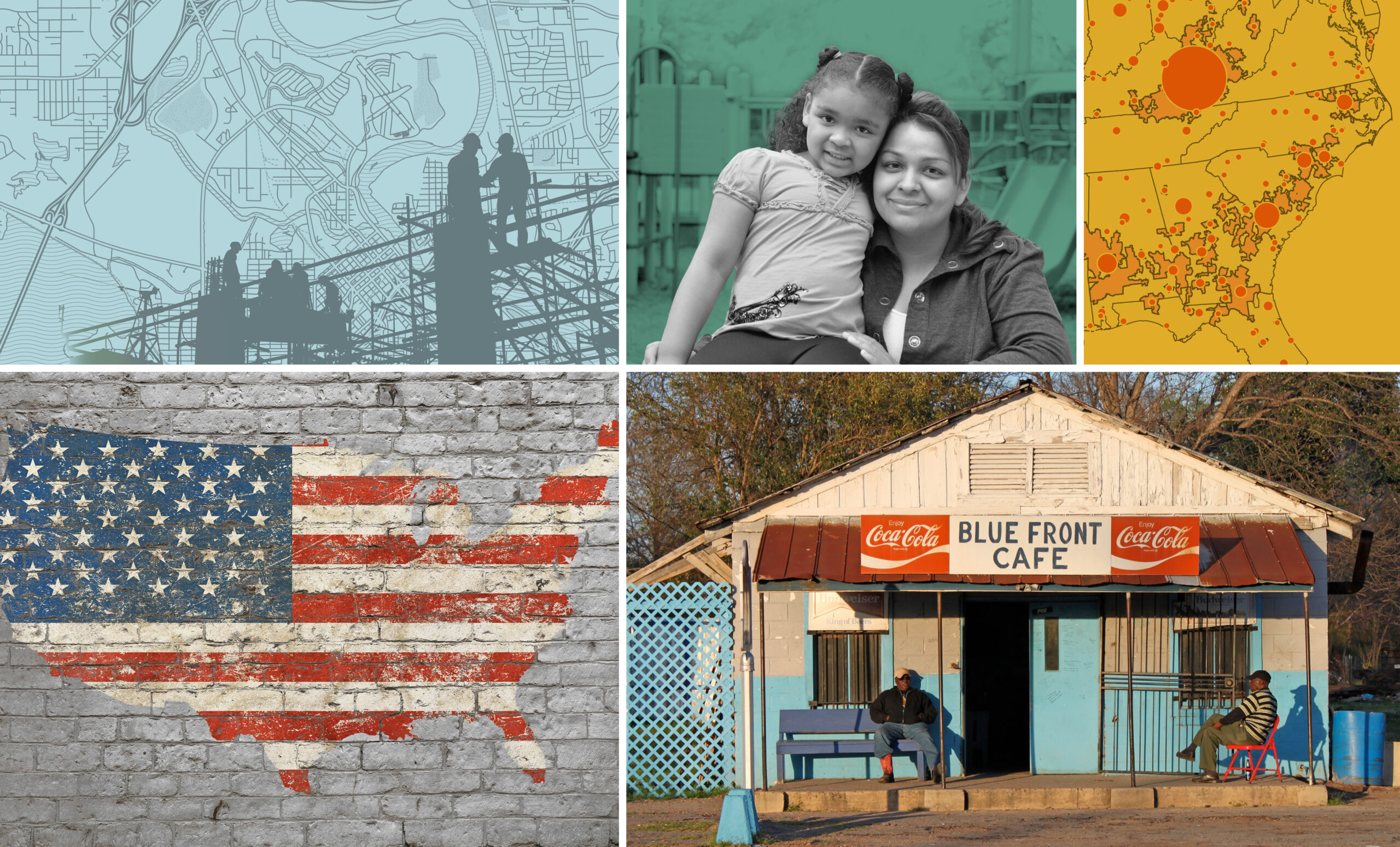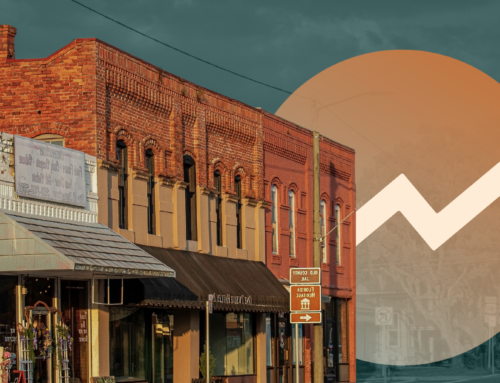EIG CONTACT: Amelia Sandhovel | [email protected]
Washington, D.C. — Key federal programs fail to account for 15 million Americans living in persistent poverty communities, including fully half of the true population Black, Hispanic, and Asian Americans in such neighborhoods, according to a new report by the Economic Innovation Group (EIG) published today with support from the U.S. Economic Development Administration (EDA). “Advancing Economic Development in Persistent-Poverty Communities” reveals the true scale of long-running, geographically-concentrated poverty in the United States and proposes a policy framework to guide federal interventions.
Hundreds of persistently impoverished communities—defined as more than 20 percent of residents living in poverty over the last 30 years—are effectively “invisible” under current federal criteria, rendering millions of residents unable to benefit from funding intended to revitalize the country’s most chronically disadvantaged areas. EIG researchers employ a novel methodology to find 72 percent more Americans living in persistent poverty neighborhoods than are captured by the prevailing government framework.
“Persistent poverty communities are major barriers to the American Dream for the 35 million people who call them home,” said EIG President and CEO John Lettieri. “Addressing the challenge of chronic neighborhood poverty begins with accurate measurement. We believe this report will help lawmakers and administration officials to better design and target vital interventions on behalf of residents of communities that have been left behind for too long.”
“I commend EIG’s research advancing how we measure persistent poverty across the country,” said Alejandra Castillo, U.S. Assistant Secretary of Commerce for Economic Development. “The granularity of their approach can help more effectively and equitably target resources to communities seeking to address poverty, create jobs, and strengthen the national economy.”
Recent literature highlights the enduring consequences of living in places mired in poverty, including greater exposure to violence, detrimental health outcomes, and lack of access to valuable social and economic capital—all of which sharply curb economic mobility, leaving millions of individuals and families trapped in a cycle of generational poverty.
“A persistently high poverty rate is like an alarm bell, signaling that something fundamental has broken down in the local economy and prevented these places from fully engaging in U.S. economic life,” said EIG Director of Research Kenan Fikri. “The federal government has a critically important role to play in restoring the building blocks of economic development in these communities so their residents can thrive.”
EIG’s report is accompanied by an interactive map of persistent-poverty tract groups (PPTGs), which enables users to explore economic, demographic, and geographic characteristics of PPTGs across the country and contrast county- and tract-based community boundaries.
About the Economic Innovation Group (EIG)
The Economic Innovation Group (EIG) is a bipartisan public policy organization dedicated to forging a more dynamic and inclusive American economy. Headquartered in Washington, DC, EIG produces nationally-recognized research and works with policymakers to develop ideas that empower workers, entrepreneurs, and communities.
###
This report was made possible by a federal grant from the U.S. Economic Development Administration’s (EDA) Research and National Technical Assistance program under award ED21HDQ3120059.






